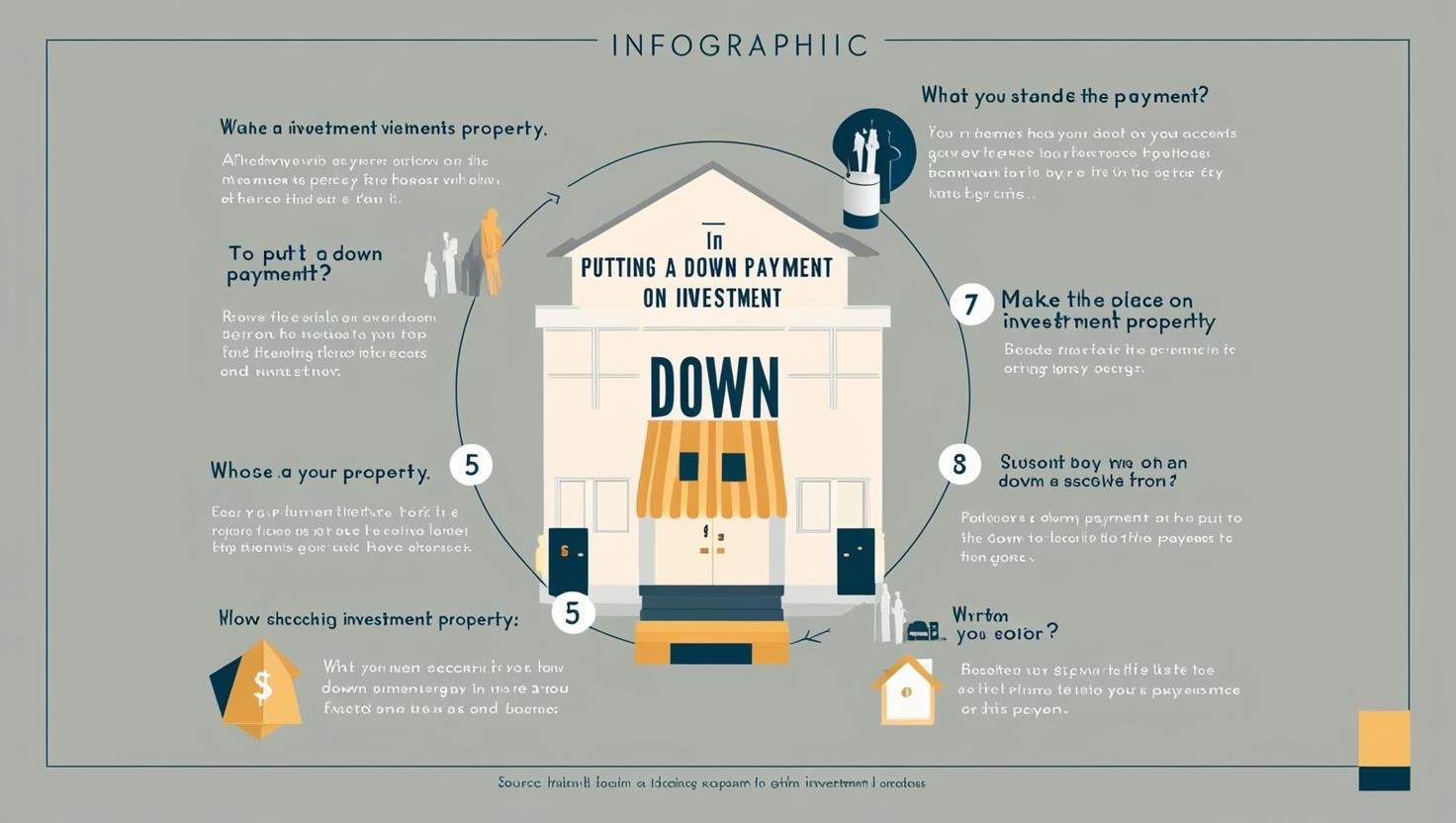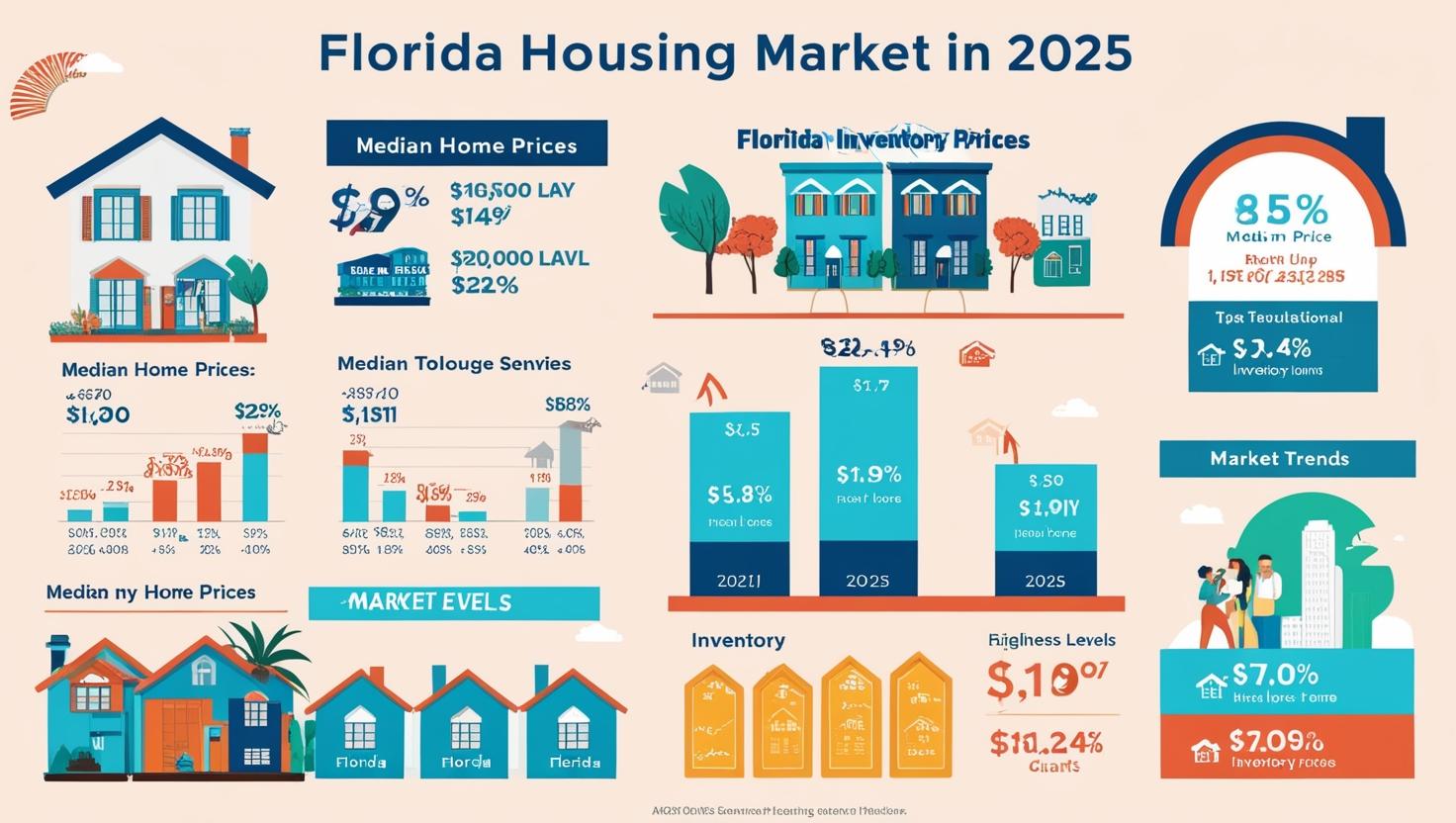The vacation rental investment market has seen significant growth recently because it offers the potential for high rental income due to short-term rentals, flexibility in pricing based on demand, and the ability to capitalize on popular tourist destinations, often generating a higher return on investment compared to traditional long-term rentals.
This statement is accurate; when the economy improves and people have more disposable income, they tend to spend more on leisure activities like vacations, as increased disposable income directly translates to greater spending power for discretionary items like travel.
This statement means that while a vacation rental property is technically a form of real estate investment, it comes with significantly different dynamics compared to a typical long-term rental property, often requiring more active management, higher turnover rates, and greater dependence on seasonal demand, making it a more complex and potentially riskier investment choice.
Yes, understanding local markets and projected revenue is important when buying a vacation rental property. You should also consider the costs of operating the property, such as maintenance, cleaning, and marketing. Before purchasing a vacation rental property, prospective buyers should carefully consider the location, thoroughly analyze the market to understand rental potential, be realistic about potential income, research local regulations, calculate potential ROI, factor in maintenance costs, and ensure the property has necessary amenities like quality bedding and chargers for guests.
Steps for Investing in Vacation Rentals
Before considering a vacation rental property purchase, you should first determine your desired location, research the local rental market to understand demand and average rates, assess potential income and expenses, analyze local laws and regulations regarding vacation rentals, calculate potential return on investment (ROI), and factor in anticipated maintenance costs and insurance requirements. This statement means that buying a vacation rental property isn’t just like buying a regular home, as it involves unique considerations like analyzing peak tourist seasons, local regulations regarding short-term rentals, potential maintenance needs due to high turnover, and understanding the market dynamics to maximize rental income, thus requiring a specific approach to research and decision-making. This statement means that while some people might think starting to invest in vacation rental properties is a complex and daunting process, the reality is that it can be more accessible than most people believe, with potential entry points for investors even with a moderate level of experience or capital. This statement means that the process being described has been simplified into five clear, straightforward steps that even someone with a strong work ethic but without extensive expertise can understand and execute effectively, emphasizing the importance of thorough investigation and careful consideration throughout the process.This statement means that before making any real estate investment decisions, regardless of the type of property or strategy, it’s absolutely crucial to thoroughly research and gather information about the market, potential properties, and related factors to make informed choices and minimize risk.
Do Your Homework
“Location, location, location” is a real estate mantra that emphasizes the importance of location when buying a property. It’s often repeated three times for emphasis. This statement is generally considered true in real estate, as the location of a property is often seen as the most crucial factor influencing its value and desirability, since it cannot be altered unlike features within the property itself. This statement means that when considering buying a property to use as a vacation rental, the most crucial initial decision is to choose the right geographic location, as it significantly impacts the potential for rental income and demand from travelers. When evaluating a potential location for a vacation rental property, key factors to consider include: strong tourist demand, a healthy local economy with good employment rates, favorable weather conditions for outdoor activities, proximity to major attractions and amenities, a balanced inventory of rental options, and limited competition in the desired property type; while also taking into account local regulations, property taxes, and potential maintenance costs associated with the area and property type. This statement means that when buying a property, especially one intended for rental purposes like a vacation home, it’s crucial to not only focus on the raw financial numbers (price, potential return on investment) but also prioritize the location’s appeal and convenience for potential guests, as a desirable location will significantly impact how easily you can attract renters.
Conduct an In-Depth Market Analysis
When you’ve narrowed down your potential business locations, the next step is to deeply analyze the market in those specific areas to understand the level of demand for your product or service, including factors like customer demographics, competitor presence, local economic conditions, and potential market size to ensure your business can thrive there. When evaluating a potential vacation rental investment, the key is to assess whether the location has enough diverse, appealing attractions to draw consistent tourist interest throughout the year, ensuring a sustainable income stream regardless of season, and to consider if the type of property you’re considering aligns with current vacation trends in that area; essentially, ask yourself if you would personally want to vacation there and what kind of experience you’d be looking for. Key points to consider:
- Attraction variety:
- Diverse activities: Does the area offer a mix of outdoor activities (hiking, water sports, skiing), cultural attractions (museums, historical sites), nightlife, dining experiences, or unique local events that appeal to a wide range of travelers?
- Seasonal appeal: Do the attractions maintain their appeal throughout the year, or is the demand heavily concentrated in peak seasons like summer or winter?
- Location proximity:
- Accessibility: How easy is it for guests to access the main attractions from your potential rental property?
- Neighborhood character: Does the surrounding area offer amenities like restaurants, shops, and public transportation?
- Market research:
- Occupancy rates: Analyze data on average occupancy rates for similar vacation rentals in the area to gauge potential income.
- Booking trends: Identify peak seasons and events that drive significant visitor traffic
- Competition analysis: Evaluate the quality and pricing of other vacation rentals in the immediate vicinity
- Property type suitability:
- Guest demographics: Consider who your target traveler is (families, couples, groups) and choose a property type that caters to their needs
- Unique features: Does your property offer something special like a private pool, stunning views, or proximity to a unique experience?
Example scenarios:
City center:Consistent demand year-round due to cultural attractions, dining, and business travel
Understand the Rhythm of Vacation Rentals
When considering a vacation rental property investment, it’s crucial to understand that income is highly seasonal, meaning demand and prices fluctuate significantly depending on the time of year. A house near the beach will be most popular in summer, while a ski lodge will see peak demand during winter.You need to research expected income during peak and off seasons to accurately assess the potential profitability.
Beyond seasonal variations, owning a vacation rental involves additional costs beyond traditional homeownership. Furnishing, cleaning, and maintenance are regular expenses. Insurance costs might be higher due to the nature of the property (near water, potential for floods). A larger down payment and higher interest rates are typically required when purchasing a vacation rental.
Key points about vacation rental seasonality:
- Peak season: The time of year with the highest demand and rental prices.
- Off-season: The period with lower demand and potentially lower rental prices.
- Market research: It’s essential to study the historical data for your specific location to understand seasonal trends.
Calculate Your Expected Income and Expenses
When evaluating a potential vacation rental property, focus on markets with high demand and positive cash flow projections; aim to set rental rates 10-20% higher than your monthly mortgage payment, adjusting based on local competition; anticipate seasonal fluctuations by factoring in a 25% vacancy rate, and always consider additional costs like HOA fees, maintenance, and property management fees to ensure your potential income surpasses all associated expenses before committing to a purchase.
Key takeaways:
Professional Management:If investing remotely, strongly consider hiring a property manager to handle day-to-day operations and maximize rental income.
Market Research is Crucial:Thoroughly research the area to understand demand levels and set competitive rental prices that align with the local market.
Pricing Strategy:Set your rental rate at least 10-20% above your monthly mortgage payment to ensure consistent profit, but be mindful of not pricing yourself out of the market.
Seasonal Fluctuations:Account for potential downtime during off-peak seasons by factoring in a 25% vacancy rate in your calculations.
Consider All Costs:Don’t just consider the mortgage;include HOA fees, maintenance costs, and potential property management fees when assessing your potential profitability.
Beach town:High summer demand due to swimming, sunbathing, and water sports, but potentially lower occupancy in winter unless there are winter activities like whale watching or birdwatching.
Mountain resort town:Peak season in winter for skiing and snowboarding, with potential for hiking and outdoor activities in the summer
Advertise Your Property
When marketing your vacation home, the most effective strategy is to list your property on popular platforms like Airbnb (ideal for city rentals and high-traffic areas), VRBO/HomeAway (good for consistent rentals in high-demand locations), and consider niche sites like Rent Like a Champion for event-based bookings; additionally, creating your own dedicated website with detailed information and visuals can further attract potential tenants and maximize your booking potential.
Key points about each platform:
- Airbnb:Most widely recognized, best for urban rentals and popular destinations, has no annual fee, and offers a user-friendly mobile interface.
- VRBO/HomeAway/VacationRentals.com:Includes multiple platforms with a large listing pool, but comes with a higher annual fee, suitable for high-traffic areas with consistent rental demand.
- Rent Like a Champion:Perfect for locations hosting periodic events like college football games or major races, allowing you to capitalize on short-term demand in niche markets.
- Your own website:Provides a dedicated space to showcase your property with detailed information, high-quality photos and videos, and allows you to link directly to your listings on other platforms, giving potential renters a complete picture of your vacation home
Is Owning A Vacation Rental Investment Worth It?
Investing in a vacation rental property can offer significant benefits for investors, primarily through consistent cash flow generated by short-term leases on platforms like Airbnb or VRBO, especially when the property is located in a high-demand area;additionally, tax advantages arise from treating the vacation home as a business, allowing deductions for various rental-related expenses like utilities, management fees, and mortgage interest; furthermore, owners can personally utilize the property for vacations and potentially even use it as a future retirement home.
Key points about vacation rental investment:
- High Cash Flow Potential:The primary benefit of a vacation rental is the ability to generate substantial income through short-term rentals, often leading to higher cash flow compared to traditional long-term rentals.
- Tax Advantages:When rented out for at least 2 weeks per year, a vacation home is considered a business for tax purposes, allowing deductions for various expenses like utilities, property management fees, and mortgage interest.
- Personal Use:Owners can still use the vacation rental property for their own personal getaways whenever they choose.
- Future Retirement Option:A vacation home can be strategically chosen as a potential retirement residence down the line.
Important considerations when investing in a vacation rental:
- Location Analysis:Selecting a location with high tourist demand is crucial to maximize rental income.
- Market Research:Understanding local regulations regarding short-term rentals is essential.
- Property Management:Deciding whether to manage the property yourself or hire a professional management company.
- Maintenance Costs:Accounting for potential maintenance and repair expenses associated with frequent guest turnover.
Pros Of Vacation Rental Investments
Owning a vacation rental property offers several advantages, including the potential for significant additional income, the ability to use the property as your own personal getaway, tax benefits through write-offs on maintenance and operating costs, and the potential to secure your finances and retirement by generating consistent rental income from a valuable asset.
Key benefits of vacation rental investments:
- Increased Income:Vacation rentals can provide a substantial additional income stream, particularly if located in popular tourist destinations, with platforms like Airbnb and VRBO facilitating easy access to a large pool of potential guests.
- Personal Getaway:You can use your vacation rental property as your own personal getaway whenever you want, allowing you to enjoy the location and amenities without additional booking costs.
- Tax Advantages:Renting a property for more than two weeks qualifies it as a business, enabling you to deduct various expenses related to maintenance, repairs, cleaning, insurance, mortgage interest, and even hosting fees from your taxable income.
- Financial Security and Retirement Planning:Vacation rental investments can contribute to long-term financial stability by providing a steady income stream that can be used for future healthcare costs, travel, or even serve as a retirement home.
Important Considerations:
- Location Matters:Choosing a well-located property in a desirable tourist area is crucial for maximizing rental income and occupancy rates.
- Property Management:Managing a vacation rental can require significant time and effort, including guest communication, cleaning, and maintenance, so consider hiring a property manager if necessary.
- Local Regulations:Be aware of local laws and regulations regarding short-term rentals in your chosen area.
- Market Fluctuations:While generally considered a stable investment, vacation rental income can be impacted by seasonal fluctuations and economic downturns.
Cons Of Vacation Rental Investments
Drawbacks of vacation rental investments include: high maintenance costs due to frequent guest turnover, potential for unpredictable income based on seasonality, significant management responsibilities including guest communication and cleaning schedules, potential legal restrictions on short-term rentals in certain areas, and the need for specialized insurance to cover potential damages from guests; all of which can significantly impact profitability and require careful planning and management.
Key points about vacation rental disadvantages:
- High maintenance and repair costs:Frequent guest turnover leads to increased wear and tear on the property, requiring more frequent repairs and replacements compared to long-term rentals.
- Seasonal fluctuations in income:Depending on the location, vacation rental income can vary significantly throughout the year, with potential for low occupancy during off-peak seasons.
- Management overhead:Managing a vacation rental requires significant time investment, including guest communication, booking coordination, cleaning schedules, and responding to issues.
- Potential legal restrictions:Local regulations may limit short-term rentals in certain areas, impacting the ability to rent out a property or requiring specific licensing.
- Guest-related issues:Potential for damage to property by guests, noise complaints from neighbors, and managing guest expectations.
- Insurance complexities:Special insurance policies may be necessary for vacation rentals, potentially adding to the cost of ownership.
- Marketing and advertising costs:Continuously marketing the property to attract guests can be a significant expense.
- Potential for vacancy periods:Even in desirable locations, there can be periods where the property sits empty, impacting cash flow.
Vacation Rental Property ROI
When evaluating a vacation rental property, a “good” cash-on-cash return is generally considered to be above 10%; however, this can vary depending on the specific market and investment, with many investors aiming for even higher returns, particularly when considering short-term rentals, while long-term rentals might see a more moderate cash-on-cash return between 5-10%.
Key points about cash-on-cash return for vacation rentals:
- Calculation: (Annual Cash Flow / Total Cash Invested) x 100 = Cash-on-Cash Return.
- Focus on upfront cash: This metric only considers the cash invested initially, not including financing or potential future property appreciation.
- Higher potential for short-term rentals: Due to the ability to charge higher nightly rates, short-term rentals often offer a higher cash-on-cash return compared to long-term rentals.
Financing A Vacation Rental Property
Most investors will have to seek out a source of financing for their new rental property. Luckily, there are several options ranging from short-term to long-term. Conforming loans, portfolio loans, multifamily loans, and short-term contracts like a bridge loan or hard money are all available to you.
- Conforming Loan: This is a popular option for vacation rentals because the criteria for qualification are not as strict as those for a primary residence. A good credit score (680+) and a down payment of around 20% are common.
- Portfolio Loan: Portfolio loans are often used by investors with either multiple properties or one multi-unit property. Qualifications for these loans are more lenient than other types.
- Multifamily Loan: Multifamily loans are used for 2-4 unit vacation properties or apartment buildings with more than 4 units. Portfolio loans fall under this umbrella, along with conventional mortgages, government-backed loans, and short-term multifamily loans.
- Short-Term Loan: A short-term loan is a great option for investors who need cash to purchase a vacation property before they have secured long-term financing. Bridge loans and hard money both fall under this category.
When Is The Best Time To Buy?
While some advise buying a vacation rental during the “slow season” for better deals, a strong argument can be made to purchase during the peak seasonto fully experience the property as your future guests would, allowing you to identify potential issues that might be missed otherwise, especially in locations with seasonal variations in usage like a mountain village where winter demands different considerations compared to summer.
Key points about buying during peak season:
- Directly experience guest perspective:You can personally witness the property’s selling points and potential drawbacks during the time when most guests would be using it, providing valuable insights into what needs to be optimized for rentals.
- Identify hidden issues:In a seasonal location, purchasing during the off-season might not reveal crucial issues like inadequate heating in colder months or parking challenges during high traffic periods.
- Better preparedness for guest needs:By experiencing the property firsthand during peak season, you can proactively address potential concerns and make necessary upgrades to ensure a positive guest experience.
Example scenario:
- Mountain village vacation rental:If you buy a cabin in a mountain village during summer when it’s quiet, you might overlook the need for a robust snow removal system or a powerful heating system, which are critical for winter guests.
Eliminating Short Term Vacancies
To reduce short-term vacancies, you can try to understand the local market, improve your property, and screen tenants.
Understand the market
- Research the local rental market and the value of your property
- Consider making upgrades to increase the property’s value
Improve your property Use attractive photography and detailed listings, Offer video or online tours, and Keep the property in good condition.
Screen tenants Have good tenant screening practices in place and Streamline the application process.
Maintain good relationships with tenants
- Don’t wait until the last minute to ask about lease renewal
- Be mindful with rent increases
Other strategies
- List your home on 12-month terms during peak seasons
- Use an application tracking system (ATS) to streamline the hiring process
Summary
While a vacation rental investment can be a good path to passive income, it’s crucial to conduct thorough research and understand the potential risks before diving in;with proper planning and due diligence, the benefits like tax advantages, strong cash flow, and the ability to use the property for personal vacations can make it a worthwhile investment for the prepared investor.
Key points:
- Not purely passive:Although considered a passive income source, managing a vacation rental still requires some active involvement, including guest communication, cleaning, and maintenance.
- Market research is key:Before buying, thoroughly analyze the local market to understand demand, competition, and potential rental rates in your chosen location.
- Consider regulations:Be aware of local laws and regulations regarding short-term rentals, including permitting requirements and restrictions.
- Financial analysis:Calculate potential income, operating costs, and potential return on investment to ensure the property is financially viable.
- Tax benefits:Depending on your situation, vacation rentals can offer tax advantages, but it’s important to consult a tax professional to understand the specifics.
- Personal usage:One advantage is the ability to use the property for personal vacations while still generating rental income.








